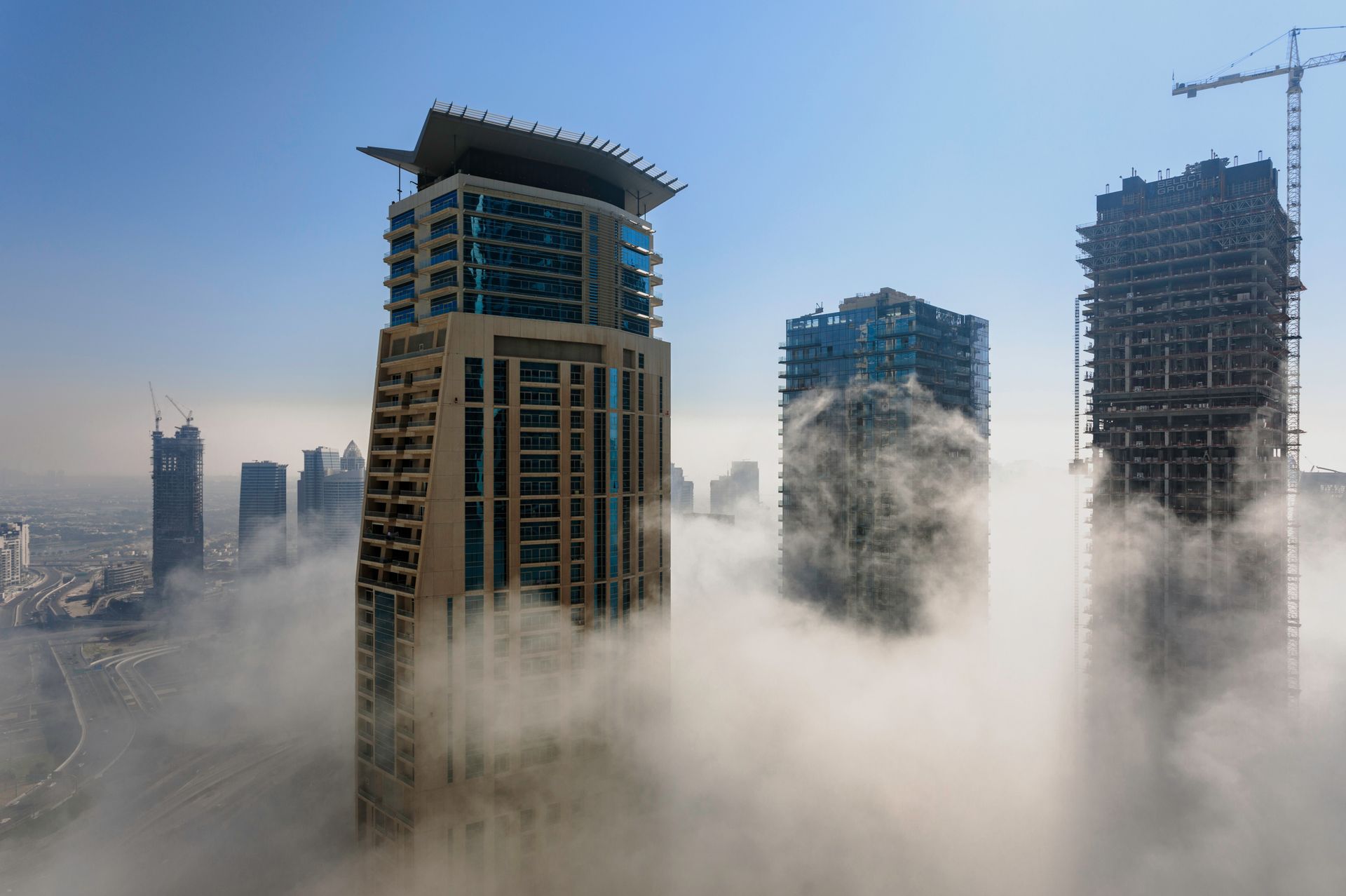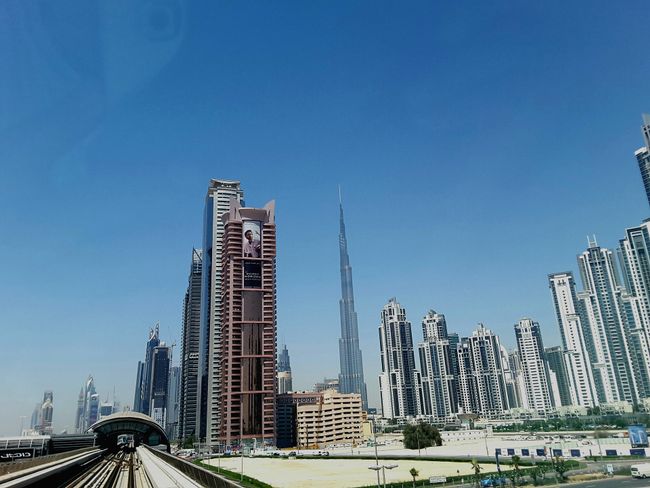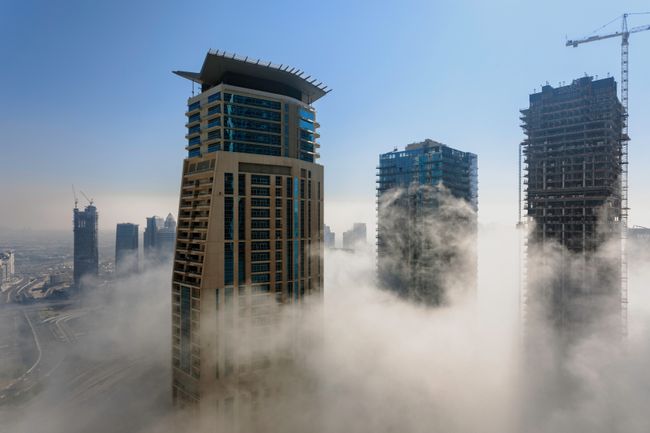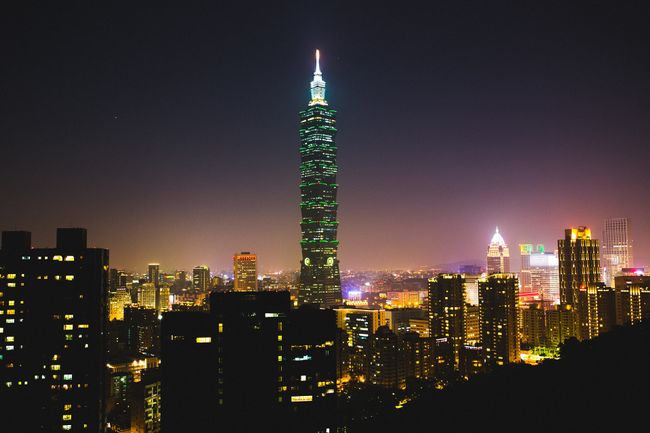The tallest buildings in the world
Atejade: 20.04.2018
Alabapin si iwe iroyin
Skyscrapers are among the masterpieces of human architecture that have always wanted to reach higher heights over the decades. The Burj Khalifa with 830 meters is currently the tallest building in the world, surpassing magnificent buildings like the Shanghai World Financial Center or the Taipei 101 by several hundred meters. With each additional floor, there are special construction challenges that can only be solved thanks to state-of-the-art high-tech. From power supply to earthquake safety, the architectural future also depends on the progress of the most advanced technologies.

Water, Energy and More - The Challenges of Skyscrapers
To deal with technical wonders in the construction environment, the Burj Khalifa in the United Arab Emirates surpasses all previously known dimensions. The structure comprises more than 160 usable floors, which are used as offices in the lower area and as a hotel in the higher dimensions. Within 60 seconds, it is possible to travel from the ground floor to the 125th floor. The highest floors are reserved for building technology, which is understandable for such an architectural masterpiece.
An extremely powerful pumping technology ensures regulated water supply on all floors. This applies not only to domestic water, but also to exciting water displays above the 120th floor, fitting to the splendor of the region. The same applies to power supply, which, like other technologies, was implemented in collaboration with experienced and renowned large companies from Europe. More than 60 different air ducts are installed on the various levels to ensure pleasant room ventilation in the desert region through a reversed chimney effect.

Earthquake Safety - Essential in Metropolises
With every meter of building height, the topic of earthquakes is relevant for buildings around the world. The Arabian region is less known for its increased earthquake risk, but such structural measures are implemented around the world from Japan to Mexico. Building starts in the foundation to mitigate expected ground vibrations and compensate for some of the movements. Various technical concepts, such as the use of floating blocks and sliding bearings, are established.
The sliding bearings or blocks in the foundation of large buildings serve as isolators and operate according to the principle of tribology. If there are stronger ground vibrations caused by an earthquake, they are not or only to a very limited extent transferred to the building. An alternative principle is the use of exposed steel balls, as used in the Taipei 101. These move in the opposite direction when subjected to external impacts, thus compensating for the unwanted movements. In all variations for earthquake safety, recesses in the building material are the key to prevent physical impacts from being transmitted unrestrictedly.
Skyscrapers of the future want to reach even higher

The global building limits have not yet been reached with the Burj Khalifa. The Kingdom Tower in Saudi Arabia is still a few years away from completion and is expected to reach a height of 1,007 meters. A total of 1.2 billion euros is being invested in the project, with a remarkable portion allocated to the security of the mega-skyscraper. There are also plans to build an even taller skyscraper in the Iraqi city of Basra. This one is set to reach 1,152 meters, although the start of construction is likely to be delayed due to the unrest that has prevailed in the Arab region for years.
Alabapin si iwe iroyin
Idahun




